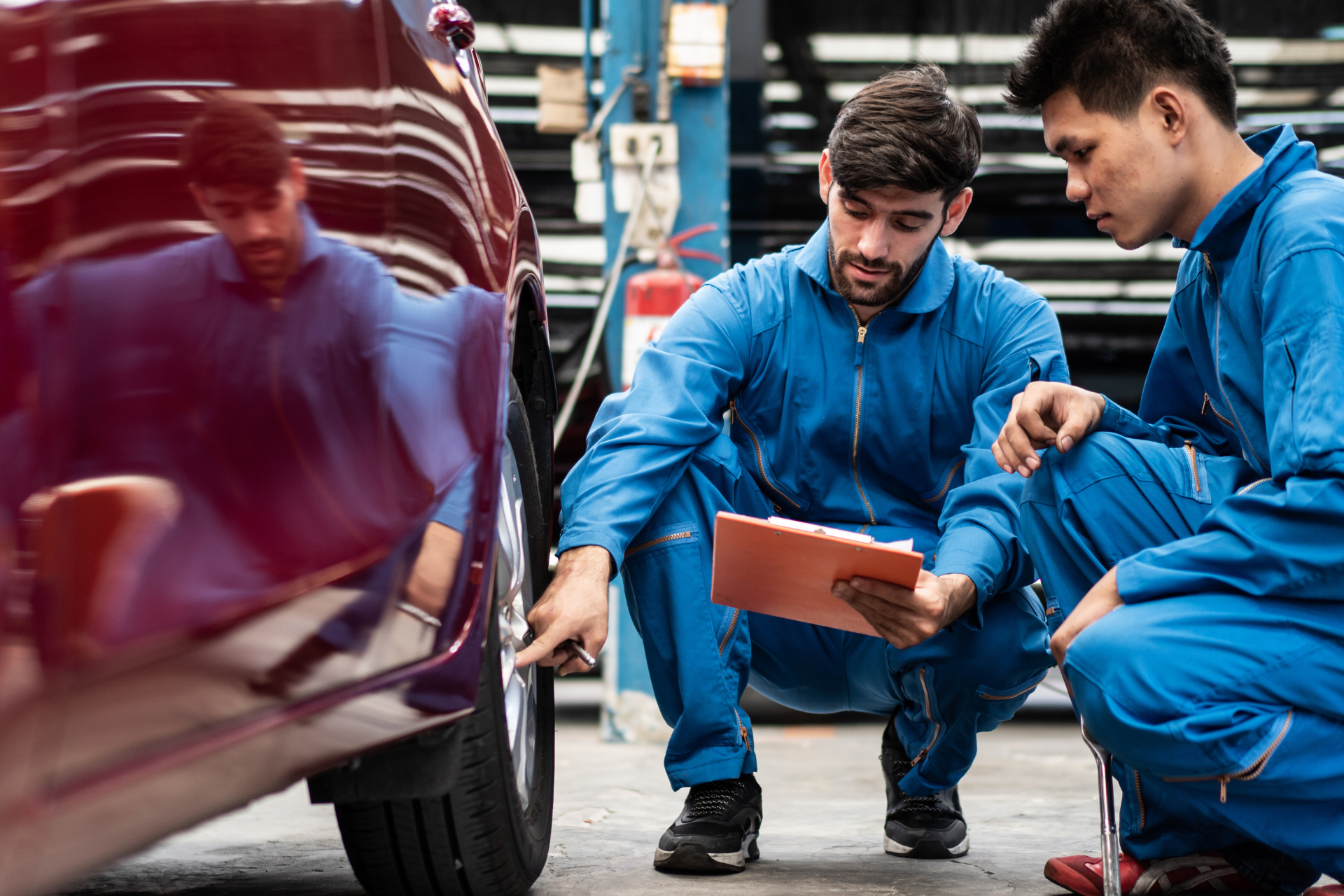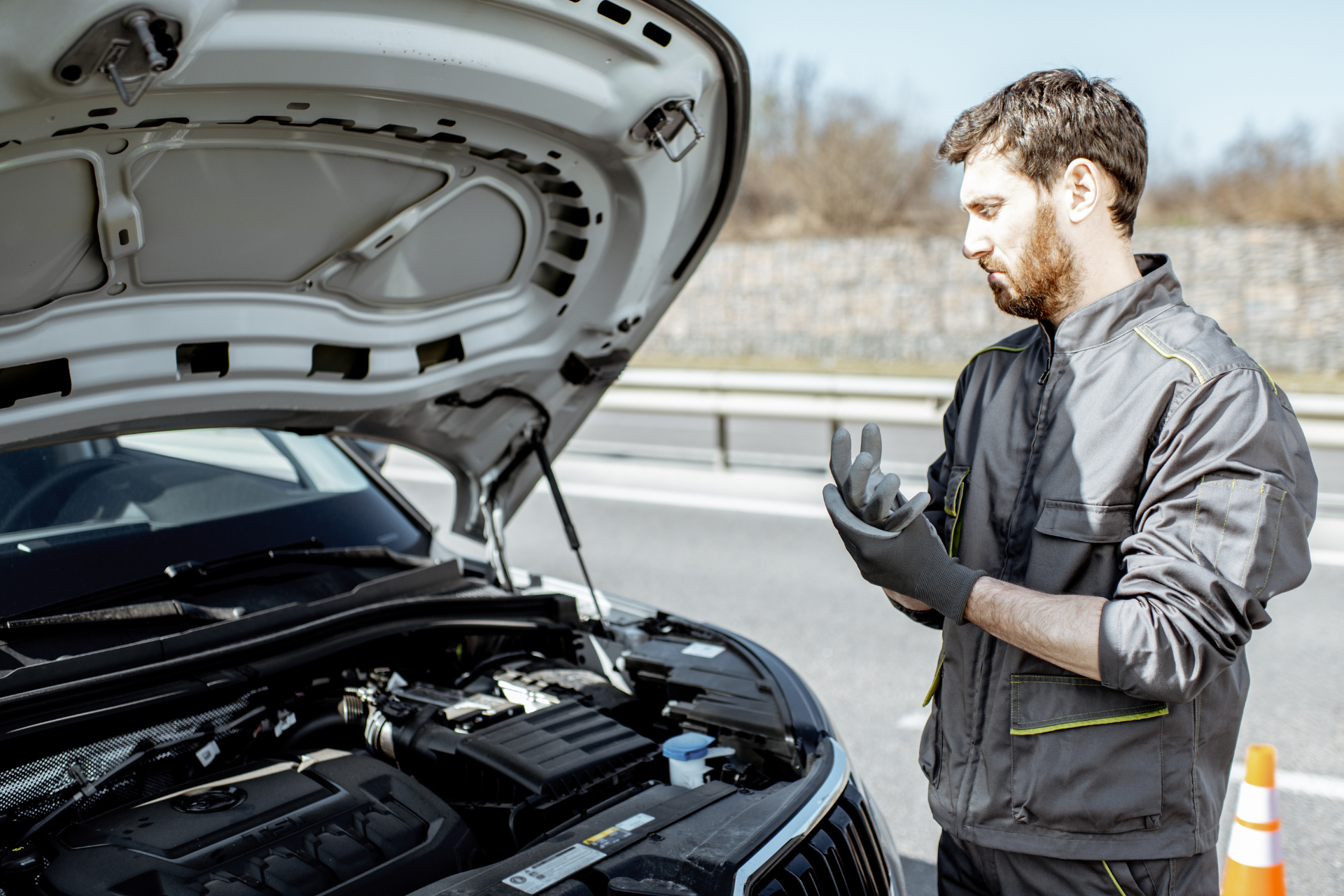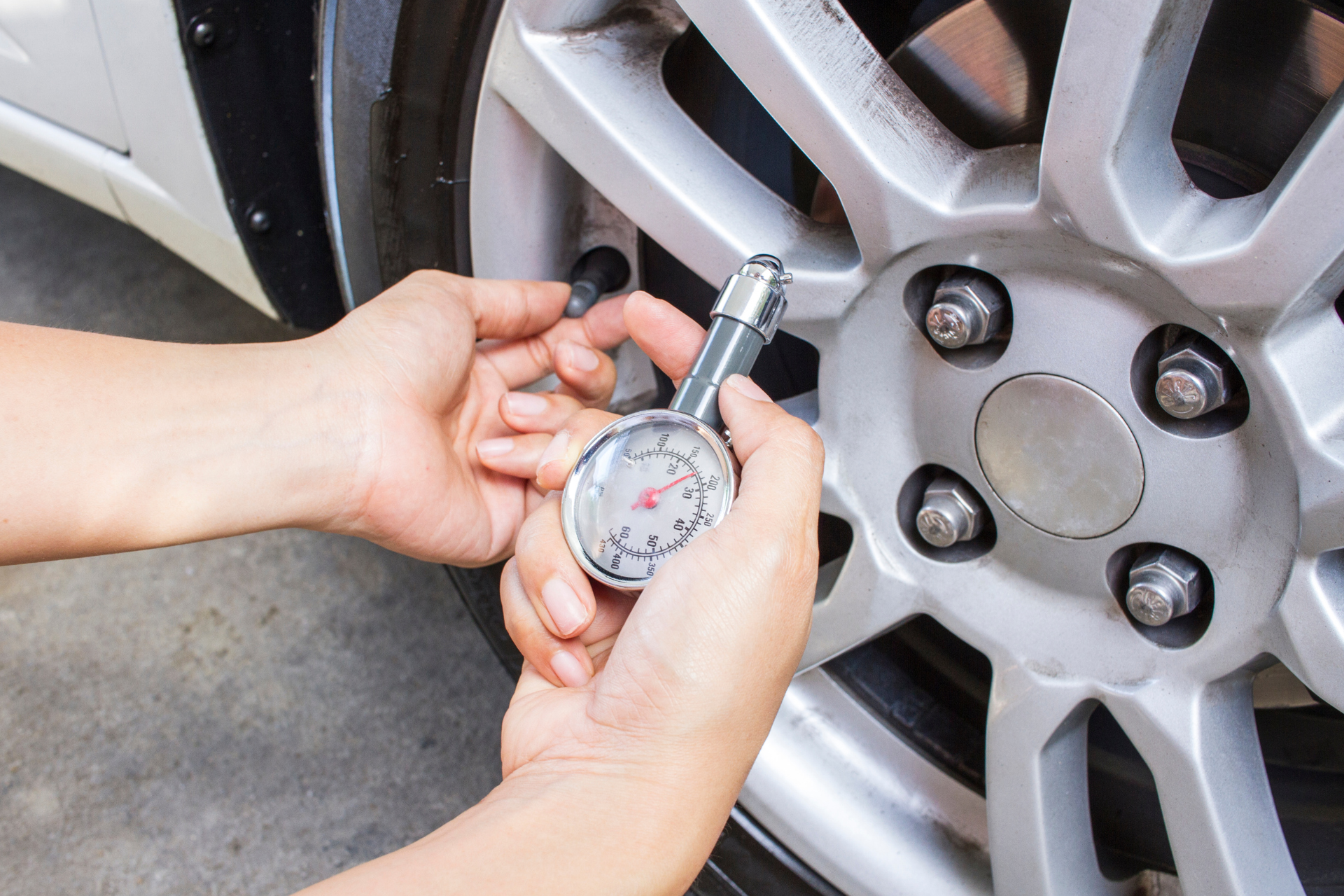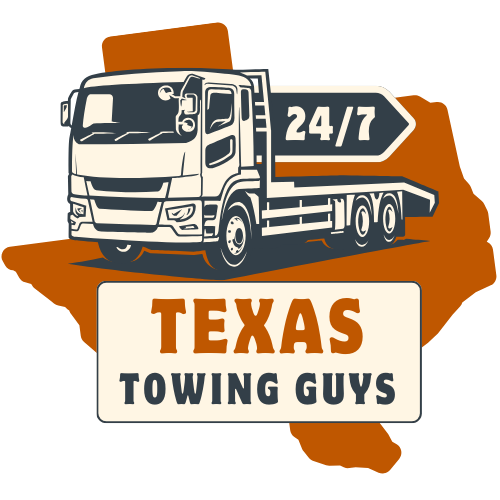The Science of Jump-Starting: How Batteries Work
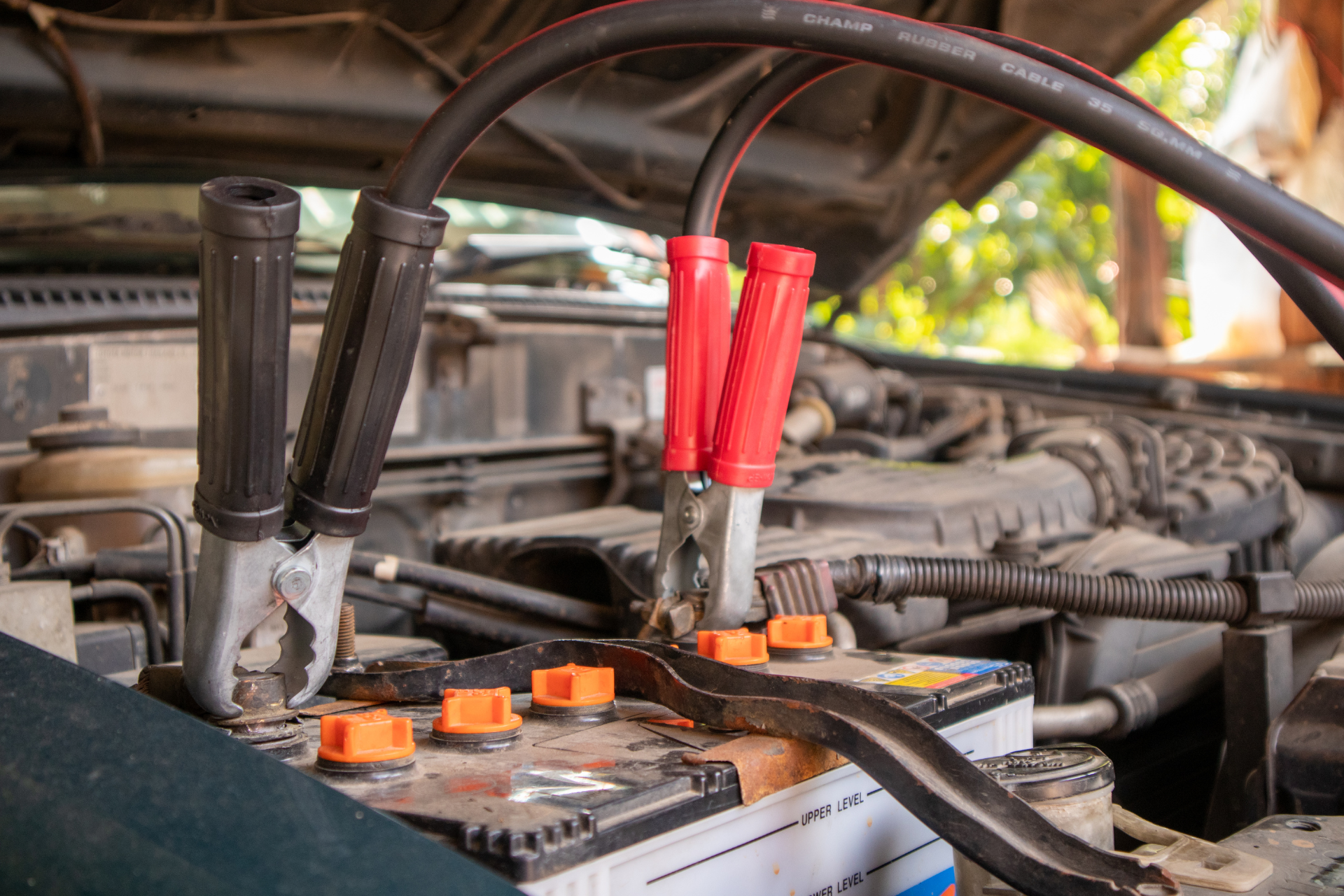
Have you ever found yourself in a rush to get somewhere, only to discover that your car won’t start? It’s a frustrating experience that many of us have encountered at some point in our lives. Thankfully, with the help of a trustworthy towing service like Texas Towing Guys, jump-starting your vehicle is a quick and efficient solution to get you back on the road. But have you ever wondered how this process actually works?
In this blog post, we’re going to dive into the science behind jump-starting and explore how batteries power our vehicles.
Understanding the Basics of Batteries
Before we get into the nitty-gritty details of jump-starting, it’s essential to have a basic understanding of how batteries function in our vehicles. Your car’s battery is a rechargeable device that stores chemical energy and converts it into electrical energy to power various components of your vehicle, such as the engine, lights, and radio.
Most vehicles use lead-acid batteries, which consist of two lead plates submerged in sulfuric acid. When you turn the key in the ignition, a chemical reaction occurs between the lead plates and the acid, producing electricity that flows through the battery and the rest of the car’s electrical system.
Why Do Car Batteries Die?
Car batteries can die for a variety of reasons, including leaving your headlights on, extreme weather conditions, or simply reaching the end of their lifespan. When your battery dies, it means that it no longer has enough electrical charge to start your car. This is where jump-starting comes into play.
Jump-Starting 101
Jump-starting a car is essentially the process of transferring electrical energy from a working battery to a dead battery. This is achieved by using jumper cables to create a temporary connection between the two batteries.
Here’s a step-by-step guide on how to jump-start your vehicle:
1. Position the cars
Park the working vehicle close enough to the dead vehicle so that the jumper cables can reach both batteries. Make sure both cars are in park or neutral with the ignition off.
2. Connect the batteries
Attach one red clamp of the jumper cable to the positive terminal of the dead battery and the other red clamp to the positive terminal of the working battery. Then, connect one black clamp to the negative terminal of the working battery and the final black clamp to an unpainted metal surface on the dead car (away from the battery).
3. Jump-start the car
Start the working vehicle and let it run for a few minutes. Then, try to start the dead vehicle. If it starts, let both cars run for a few more minutes before disconnecting the jumper cables in the reverse order they were connected.
The Science Behind Jump-Starting
When you jump-start your car, the electrical current flows from the working battery to the dead battery, providing the necessary energy to kickstart the chemical reaction inside the dead battery. As the engine of the dead car runs, the alternator charges the battery, restoring its electrical charge.
In Conclusion
Jump-starting a car may seem like a simple task, but it involves a fascinating interplay of chemical reactions and electrical currents. Next time you find yourself stranded with a dead battery, remember the science behind jump-starting and rely on the experts at Texas Towing Guys to get you back on the road in no time.
Now that you understand the basics of how batteries work to power your vehicle, you can appreciate the importance of maintaining a healthy battery and knowing how to jump-start your car when needed. Remember, when in doubt, don’t hesitate to contact Texas Towing Guys for reliable roadside assistance services.
Stay safe on the road, and drive with confidence knowing that jump-starting is just one call away!
